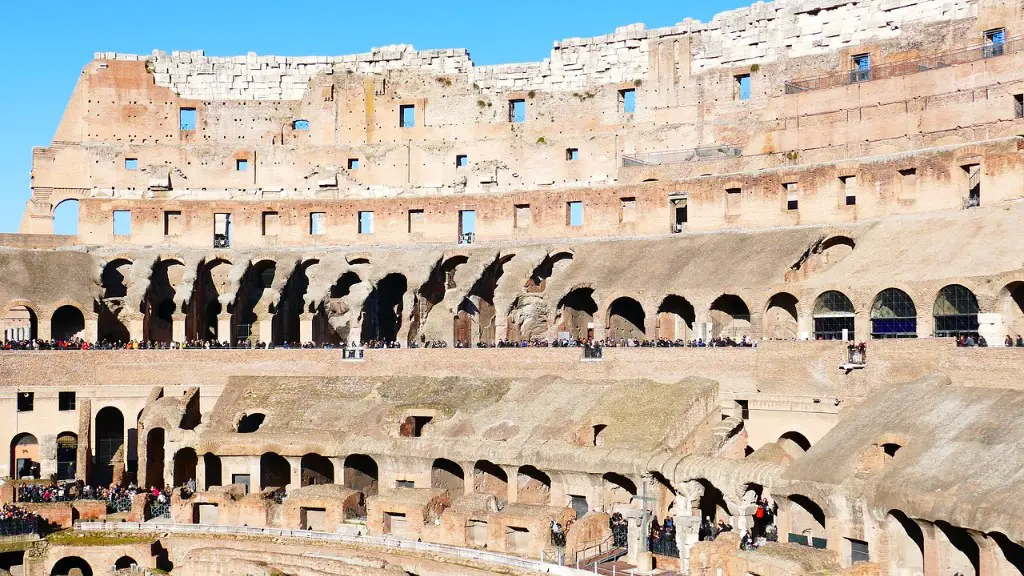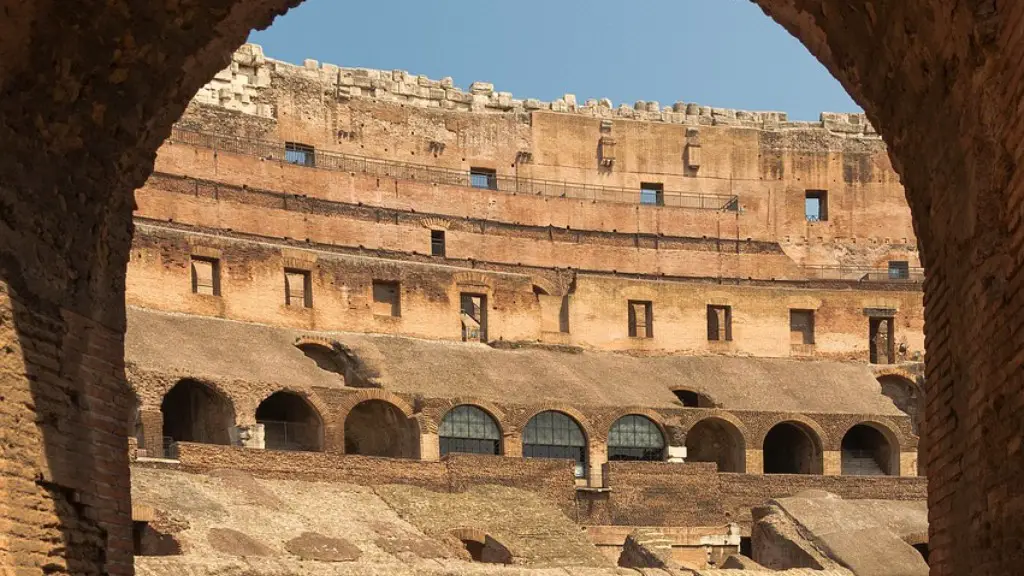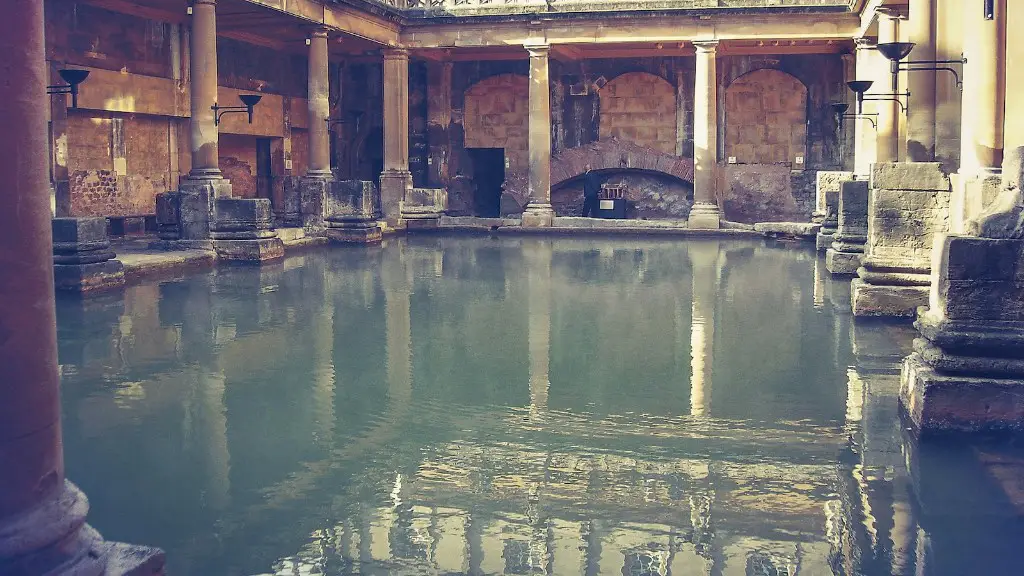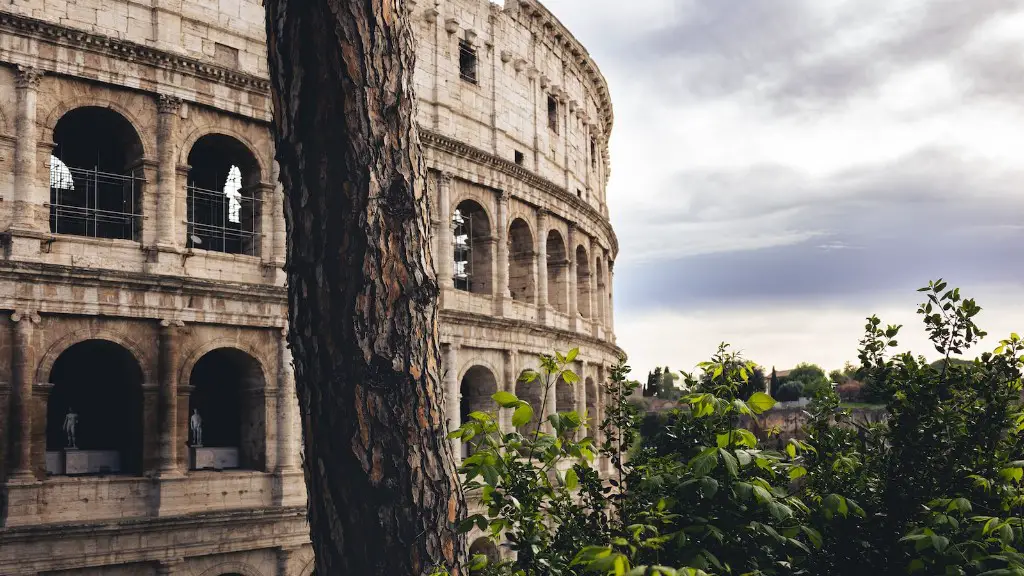Ancient Romans used a wide array of tools in order to construct their heavily fortified cities and buildings. These tools were highly specialized and advanced for the time. They included a range of materials and techniques, while some were general-purpose tools that had been adapted from other cultures. Below are some of the tools that Ancient Romans used.
Chisels
One of the most common tools used by ancient Romans was the chisel. Chisels were used for shaping and carving stone. They were usually made from iron, bronze, or copper. They were sharpened to a sharp edge, and then used to chip away stone or marble. Chisels were also used to carve inscriptions or figures into stone.
Hammers
Hammers were another essential tool in the ancient Roman arsenal. Hammers came in variety of different shapes and sizes, and were used to shape stones and blocks of marble. They were also used to drive wedges into cracks in order to widen them. As well as being used to shape stones, hammers were also used to flatten the surfaces of walls and columns.
Plumb Lines
The Ancient Romans also used plumb lines. These were long lengths of string or rope with a weight at the end. The weight was suspended from the end of the string, and used to measure the verticality of walls, pillars and other structures. The weight would hang freely, allowing the stonemason to judge whether the wall or column had been constructed perfectly vertical.
Chamfer Gauges
Another important tool used by Ancient Romans was the Chamfer gauge. This was used to chamfer (bevel) stones in order to create the desired shape for a wall. The Chamfer gauge was a two-sided metal device, which was usually made from bronze or iron. One side of the device would be flat, while the other side would have a series of tangs or ridges that could be used to create the desired bevel on the stones.
Adzes
Adzes were also used by ancient Romans. An adze was a tool used to shape wood in the same way as a chisel carved stone. The tool was very similar to an axe, but with a much shorter handle. Adzes were used to shape wood into columns and beams, as well as to make curved shapes such as arches.
Pickaxes
Pickaxes were used by the Ancient Romans for a variety of different tasks. They were used to break up stones and boulders into manageable pieces, as well as for digging moats and trenches. The pickaxe was made from a long wooden handle, with a metal head that was sharply pointed at one end and had a wide blade at the other.
Scribes
The ancient Romans also used a tool they referred to as a ‘scribe’.This was a type of pen made from bronze, iron or other metals. The scribe was used to draw lines, or inscribe letters and words in stone and clay tablets. The scribe was also used to create notches and grooves which could then be filled with coloured inks.
Wax Tablets
The ancient Romans also used wax tablets as a writing tool. These were wooden tablets covered with a thin layer of wax. The user could then use a stylus to write on the wax. The wax tablets were used mainly for drafts and letters, as the writings could be easily smudged and erased.
Rope and Blocks
Rope and blocks were also used by the Ancient Romans. Rope was used in order to move heavy materials over long distances. Blocks of wood, stone or marble were then attached to the rope, in order to make them easier to move. These blocks could then be used to construct walls and pillars. In addition, rope could be used to pull large stones into place, by using a method known as machines.
Cranes
Cranes were a relatively advanced tool used by the ancient Romans. Cranes were used to lift heavy materials, such as stone blocks and marble columns. They consisted of a wooden arm that was connected to a rope, which was then attached to the material being lifted, allowing it to be moved from one place to another.
Tripods
Finally, the ancient Romans used tripods. Tripods were large wooden or metal frames that were used to prop up beams and columns. They were often used in the construction of bridges and arches, and could support large amounts of weight. Tripods were also used to support scaffolding, so that stonemasons could reach higher levels of a structure.
Quarries and Mines
In order to obtain the materials necessary for constructing their monuments, the Ancient Romans had to quarry and mine them from the ground. This involved digging deep below the surface, in order to find deposits of stone or marble. Quarrymen would then chip away at the stones, using chisels and hammers.
Granite Cutters
The Ancient Romans also used granite cutters. These were large machines that could be used to cut through hard rocks, such as granite and basalt. They were powered by water or animals, and could cut through rocks much faster and more accurately than hand tools.
Wheelbarrows
Wheelbarrows were also used by the Ancient Romans. These were small carts that were powered by hand, rather than by animals. The wheelbarrow was useful for moving materials over short distances, and could also be used to transport heavy loads.
Cement
The Ancient Romans also used cement. This was a mixture of sand, lime, and water. It was used to fill gaps between stones, and also to bind masonry together. Cement was also used to waterproof walls and support structures.
Scaffolding
Scaffolding was an important tool used by the Ancient Romans. This was a temporary structure made of wooden poles, which allowed workers to access higher levels of a building. Scaffolding was also used to support large monuments such as stone arches.
Mortar
Mortar was a mixture of sand, water, and lime, which was used to bind stones together. This was often used in the construction of walls and arches, and would be applied between each stone to help hold them together. Mortar was also used to create decorative friezes and murals on walls.
Epoxy
Finally, the Ancient Romans also used epoxy. Epoxy was a type of resin that could be used to adhere two surfaces together. It was often used to fix stones in place, as well as to repair cracks in marble. Epoxy could also be used to seal pools and other structures.




